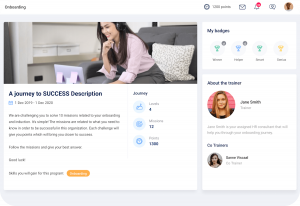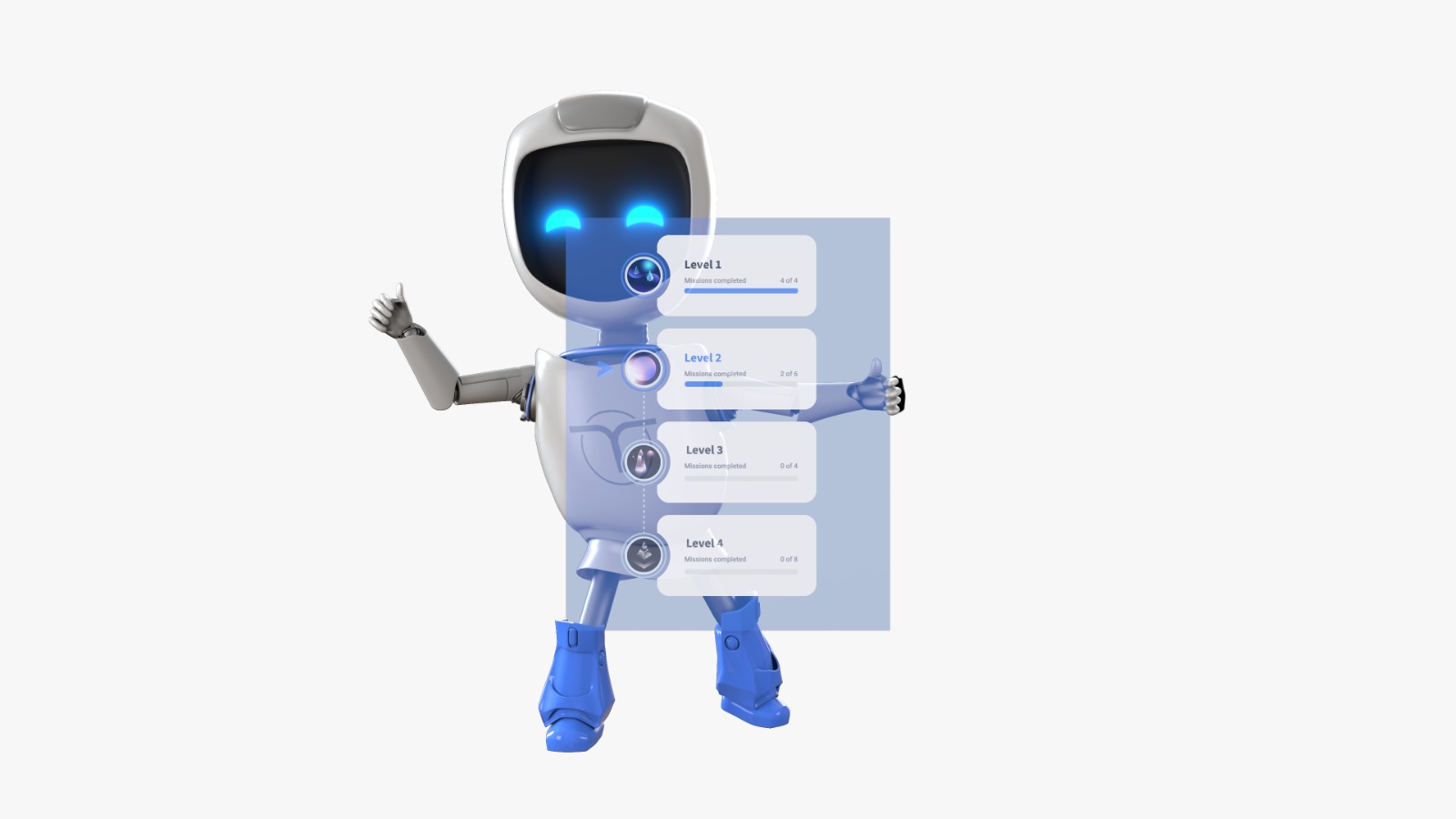Is your onboarding process setting your new employees up for success or failure? If your onboarding strategy is more “sink or swim” than “welcome aboard,” you could be facing serious, costly consequences. A Forbes study shows that up to 30% of new hires leave within their first 90 days – many departing in the first 45 days – due to ineffective onboarding, leaving your company with high turnover, lost productivity, and wasted resources. Every failed onboarding is a missed opportunity and a hit to your bottom line.
But fear not! By reading this article, you’ll discover proven strategies to ensure your new hires thrive, helping you avoid these costly mistakes. Let’s dive into how to revamp your onboarding process and get it right from the start.
Develop a Role-Specific Onboarding Program for New Employees
Generic onboarding is your enemy. New hires aren’t one-size-fits-all, so why should your onboarding be? Treating every new hire the same leads to confusion and disengagement, ultimately costing your company in lost productivity. A cookie-cutter approach simply won’t cut it.
Actionable Step: Build a detailed, role-specific onboarding plan that covers critical tasks and training needs for each position. Tailor the experience so new hires feel supported and empowered from day one.
Example: Create a weekly onboarding checklist that covers job-specific tools, software, and procedures, with clear milestones for progress.
If you’re onboarding a software developer, don’t just give them generic HR policies. Provide them with a structured first week where they learn the tech stack, development workflows, and codebase. Meanwhile, marketing hires should dive into brand guidelines, campaign management tools, and content approval processes. Having a role-specific checklist keeps everything on track and ensures no one is left wondering, “What’s next?”.
Engage New Hires Early and Often
Delayed engagement is a sure way to make new hires feel like they’ve been left adrift. When employees feel ignored or unimportant, you risk high turnover and early disengagement.
Actionable Step: Start engaging with new hires from the moment they sign their contract. Schedule regular check-ins, welcome meetings, and team integration activities.
Example: Send out a welcome email as soon as the hire is confirmed, outlining what they can expect on their first day. Schedule an introductory Zoom call with their team before they officially start. And on day one, arrange for welcome kits—think branded merch, useful office supplies, and a personal note from the CEO or manager. You can also set up peer-mentorship programs where the new hire is paired with a colleague to guide them through their first few weeks.
Use Interactive and Varied Training Methods
Boring training = unproductive employees. A static, outdated onboarding process can lead to missed information, disengagement, and errors down the line. If your training materials look like something out of the 90s, it’s time for an update.
Actionable Step: Incorporate varied, interactive training methods such as gamified learning experiences, scenario-based exercises, and quizzes.
Example: Use microlearning sessions that blend videos, quizzes, and hands-on exercises to keep the new hire engaged and ensure they’re learning in bite-sized, digestible chunks.
Offer scenario-based quizzes that present real-life problems they might encounter in their role, with immediate feedback to reinforce learning. Consider adding video tutorials, interactive infographics, and even virtual reality simulations for more immersive training experiences, especially for technical or hands-on roles.

Clearly Communicate Roles and Expectations to New Hires
Unclear job responsibilities and vague expectations can turn a new hire’s first day into a guessing game. When employees don’t know what’s expected of them, confusion leads to mistakes, missed deadlines, and frustration.
Actionable Step: Provide comprehensive job descriptions and discuss key performance indicators (KPIs) early on. Clear communication helps new hires understand their role and set them up for success.
Example: On their first day, provide new employees with a customized onboarding binder that includes their job description, key deliverables for the first 90 days, and details about their team structure. Hold a kickoff meeting where you go over Key Performance Indicators (KPIs) and outline your expectations regarding work pace, collaboration, and quality. This can help them understand exactly what success looks like in their new role.
Gather and Implement Feedback for Continuous Improvement
Ignoring feedback is a rookie mistake that can perpetuate onboarding problems. How will you know what’s working (or not) unless you ask?
Actionable Step: Regularly collect feedback from new hires through surveys, check-ins, and reviews to identify gaps in your onboarding process.
Example: Introduce pulse surveys at regular intervals (after the first week, month, and three months) to gauge how well new hires feel supported. Ask for feedback on everything from the clarity of training to how integrated they feel within the team. Use this data to adjust your onboarding program continuously. Additionally, consider one-on-one check-ins where managers can dive deeper into how the onboarding process is meeting – or missing – expectations.
Leveraging Code of Talent for Effective Onboarding for a New Employee

At Code of Talent, we understand the challenges of onboarding new employees. That’s why we’ve designed an AI-powered microlearning platform that makes onboarding not only easier but also highly effective. Our platform supports the 6C’s of Successful Onboarding, ensuring your new hires are fully integrated and productive from the start:
- Compliance: Simplifies the understanding of organizational policies and legal requirements.
- Clarification: Helps employees clearly grasp job expectations and KPIs.
- Culture: Provides insights into the company’s values, norms, and workplace dynamics.
- Connection: Builds relationships and fosters a sense of belonging from the start.
- Check-back: Encourages regular progress reviews and assessments.
- Capability: Equips new employees with the skills and knowledge they need to succeed in their role.
By leveraging our platform, you can provide a fully customized, engaging, and efficient onboarding experience tailored to each role in your organization.
Conclusion
Don’t let a weak onboarding process undermine your company’s success. By implementing these five strategies, you’ll avoid costly mistakes and transform your new hires into productive team members quickly and efficiently. Plus, with Code of Talent’s microlearning platform, you’ll streamline the onboarding process and ensure every employee has the support they need to thrive.
Turn your onboarding into an interactive experience with our microlearning solution, boosting both engagement and retention from day one!
Ready to revolutionize your onboarding process? Get started with a personalized onboarding journey for your company here.
Photo: Pexels





